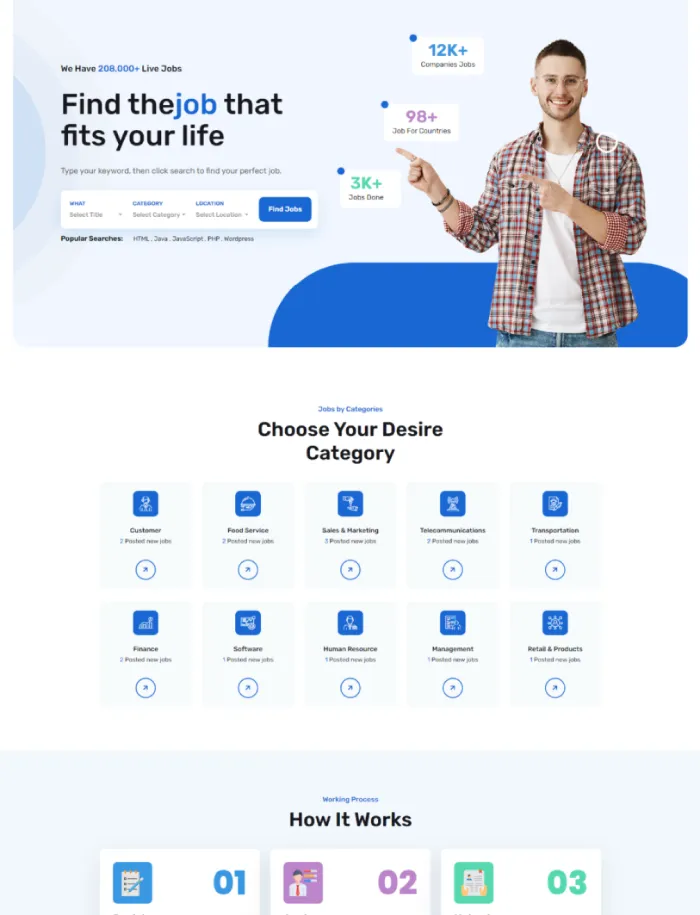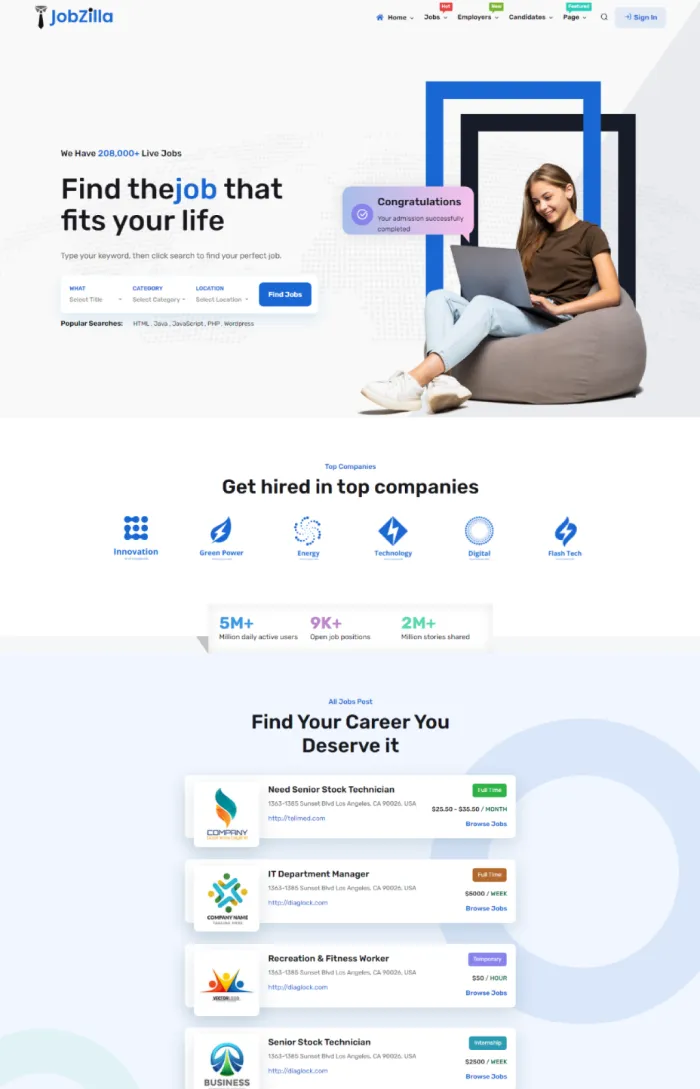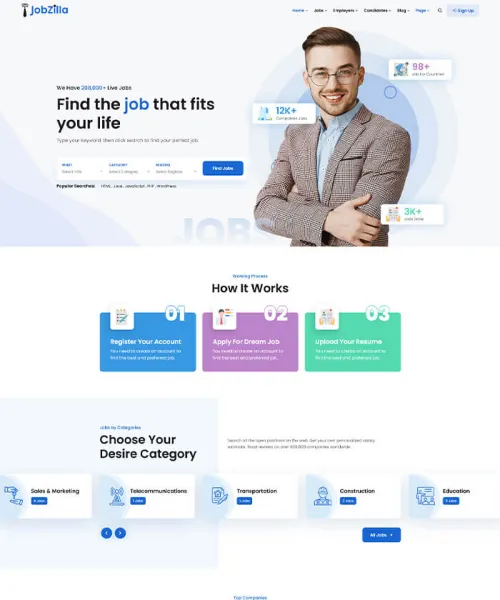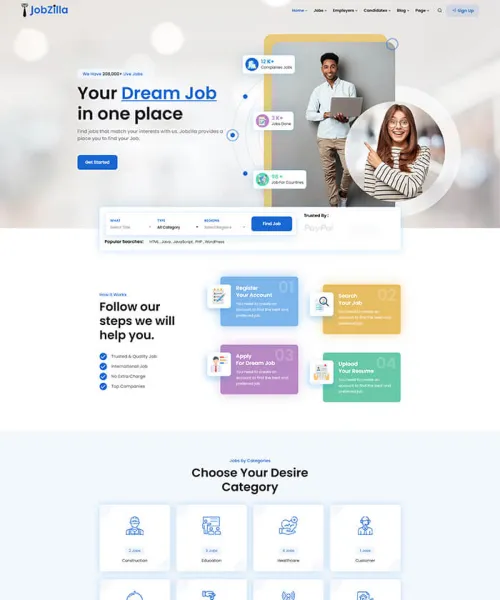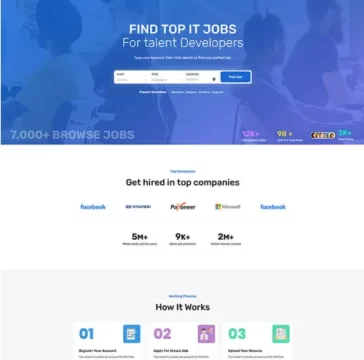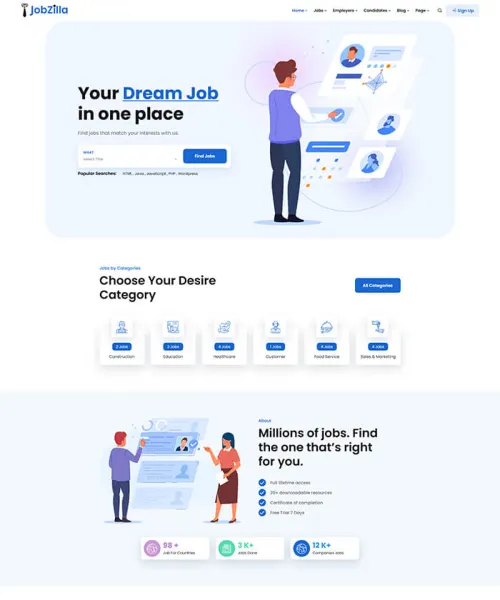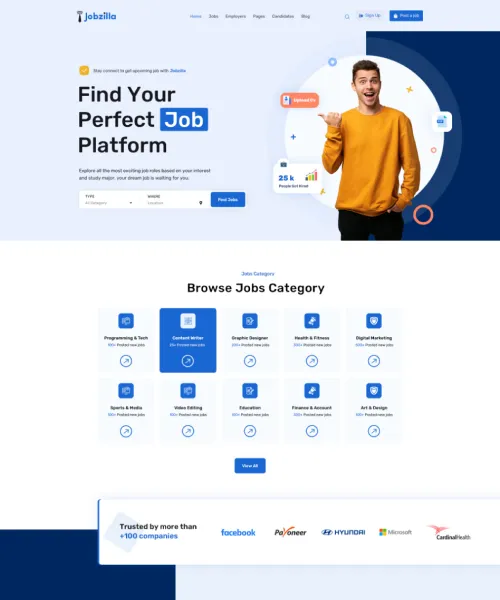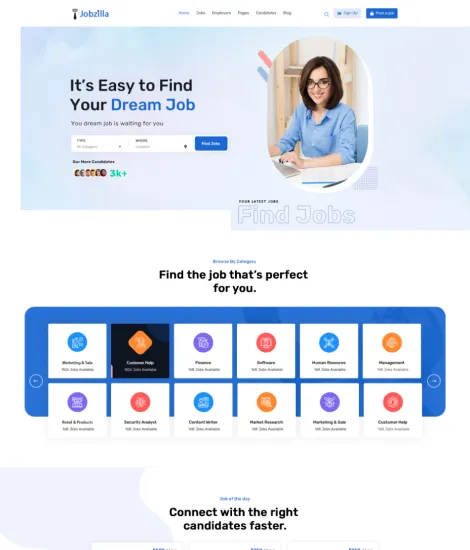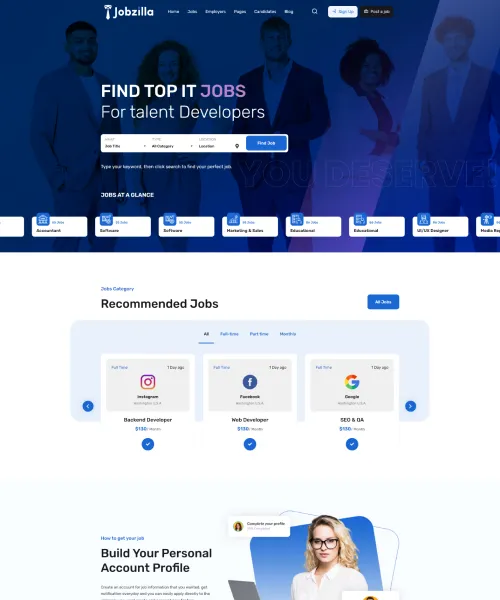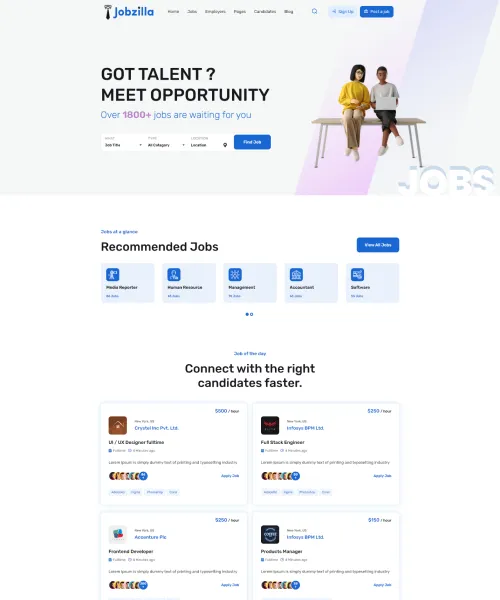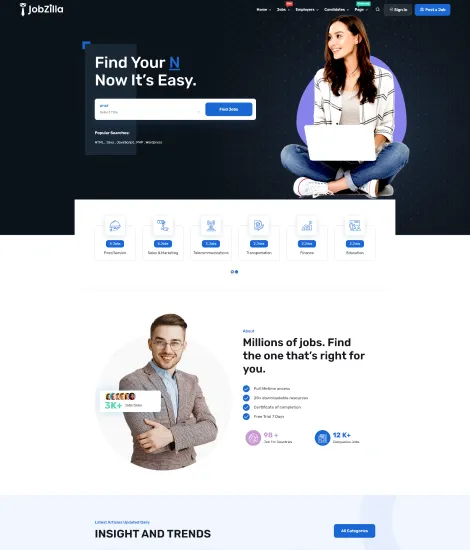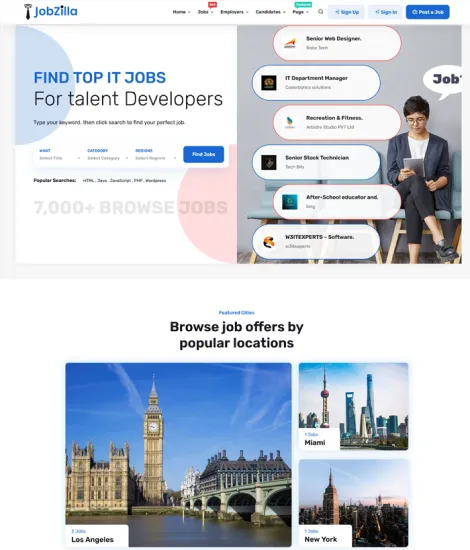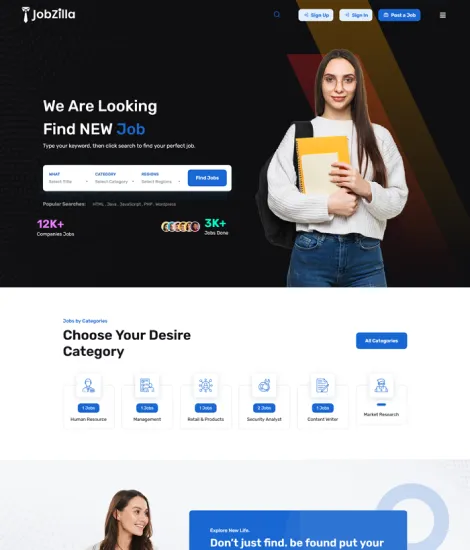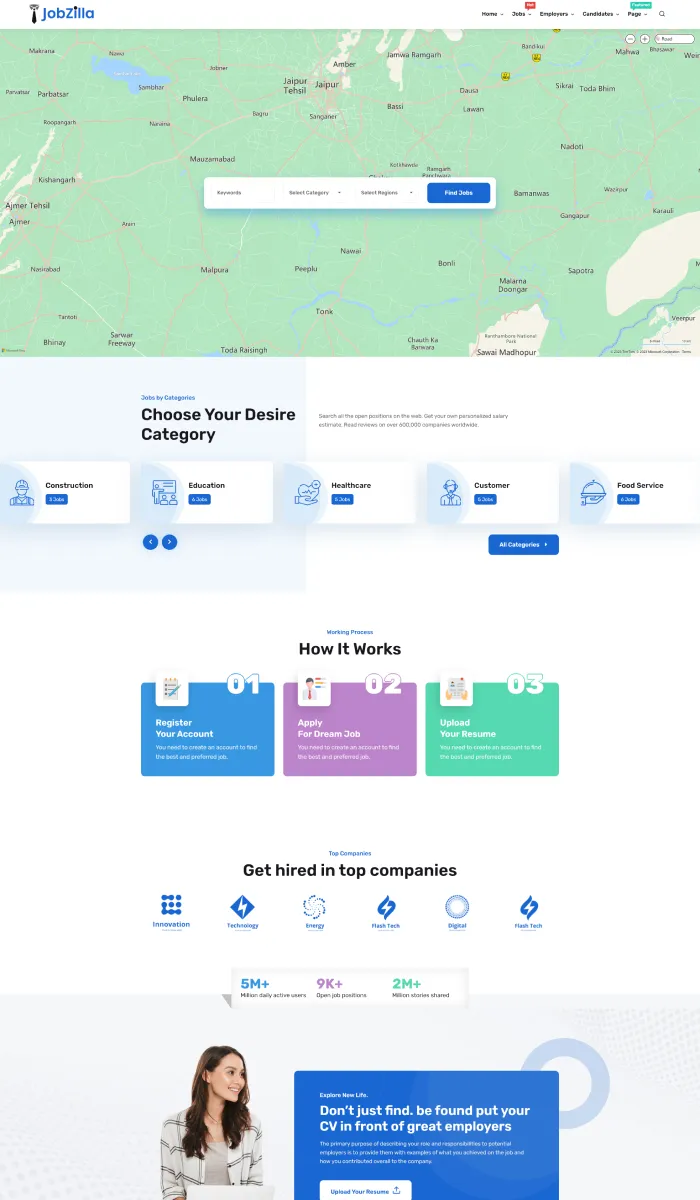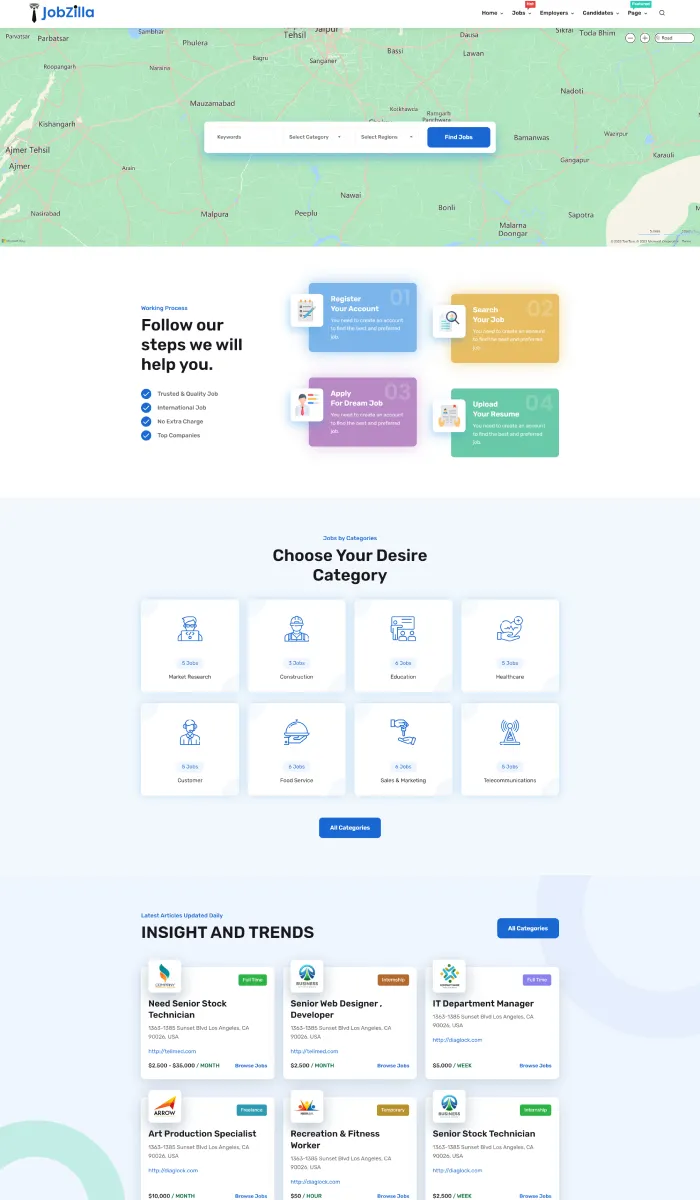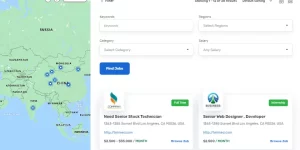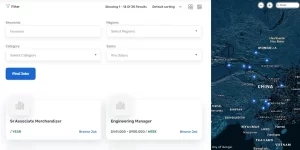How Quantum Uncertainty Drives Smarter Decision-Making
Quantum uncertainty, far from being a mere physical curiosity, acts as a dynamic catalyst in shaping modern strategic thinking. Unlike deterministic models that assume fixed outcomes, quantum-inspired frameworks embrace inherent unpredictability, enabling organizations to design strategies that evolve in real time. This shift redefines planning from rigid roadmaps to adaptive systems capable of absorbing market turbulence and seizing emerging opportunities. By integrating probabilistic thinking, leaders no longer seek certainty but leverage uncertainty to fuel agility and innovation.
1. Quantum Uncertainty as a Catalyst for Adaptive Strategic Frameworks
Classical strategy often hinges on predictive precision—forecasting a single future and aligning actions accordingly. Yet, in today’s volatile environments, such certainty is elusive. Quantum uncertainty introduces a paradigm where multiple potential futures coexist, not as vague possibilities but as measurable states of outcome. This perspective empowers organizations to construct flexible strategic frameworks that pivot dynamically as new information emerges.
For instance, multinational firms increasingly use scenario matrices that represent not one path, but a spectrum of quantum-like probabilities. These models reflect the superposition of market conditions—where demand surges, supply chains shift, or regulations change—without assuming a single outcome. By embracing this indeterminacy, decision-makers cultivate cognitive agility, continuously reassessing priorities rather than clinging to outdated plans.
2. Leveraging Quantum Indeterminacy to Reduce Cognitive Bias in Leadership Choices
Human cognition is prone to bias—confirmation, anchoring, and overconfidence often distort judgment, especially under pressure. Quantum uncertainty challenges these rigid assumptions by affirming that reality is not fixed but shaped by observation and context. This philosophy encourages leaders to question fixed narratives and welcome ambiguity as a source of insight.
Case studies from high-stakes domains illustrate this shift: aerospace teams using quantum-inspired decision protocols report reduced confirmation bias during mission-critical planning. By deliberately exposing scenarios to counter-evidence—mirroring quantum measurement’s collapse of possibilities—executives foster cognitive flexibility. This method transforms bias from a blind spot into a trigger for deeper inquiry.
3. From Quantum Fluctuations to Real-Time Strategic Pivoting
At the heart of dynamic markets are micro-uncertainties—small, unpredictable shifts that, when aggregated, drive major changes. Quantum-inspired feedback loops detect these subtle fluctuations, enabling organizations to respond faster than traditional cycles allow. Rather than reacting late, systems evolve incrementally, adapting in real time through continuous sensing and adjustment.
For example, digital platforms employing real-time data streams embed quantum-inspired thresholds that trigger automated pivots when volatility exceeds established bounds. These responsive architectures embody the quantum principle of superposition: staying open to multiple states until decisive action crystallizes. This approach minimizes lag and maximizes relevance in fast-moving environments.
4. Building Resilience Through Quantum-Informed Risk Assessment
Traditional risk management often attempts to eliminate uncertainty through precise quantification—assigning probabilities and expected values. Yet, quantum-inspired frameworks recognize irreducible uncertainty as a fundamental condition, not a flaw. Drawing from quantum superposition, resilience becomes a design principle: preparing for multiple futures simultaneously rather than betting on one.
Contingency plans inspired by quantum logic embrace parallel preparedness. Instead of rigid fallbacks, organizations deploy modular responses that activate as conditions evolve. This mirrors quantum state transitions, where what appears unstable now resolves into stable outcomes through interaction with the environment. The result is systems that not only survive disruption but thrive amid it.
5. Bridging Quantum Uncertainty to Sustainable Strategic Innovation
Sustainable innovation demands more than incremental improvement—it requires creative leaps fueled by openness to the unexpected. Quantum uncertainty nurtures this by valuing unpredictability as a source of insight. When leaders accept that not all variables are controllable, they create space for serendipity and breakthrough ideas.
Figoal’s strategic philosophy aligns deeply with this vision: embracing quantum principles means designing ecosystems where uncertainty is not feared but harnessed. Through iterative learning, adaptive feedback, and open-ended exploration, organizations evolve not toward a single ideal, but toward resilient, future-ready innovation. This is the essence of quantum-driven strategy—strategic intelligence rooted in awareness, not control.
Returning to the parent theme: quantum uncertainty is not a limitation but a catalyst—transforming strategy from reactive to anticipatory. In uncertainty-aware decision-making, organizations don’t predict the future; they cultivate readiness, agility, and resilience. This evolution shapes smarter, more sustainable futures where smarter decisions emerge not from control, but from conscious engagement with the unknown.
Read the full exploration of quantum principles shaping modern strategy
| Table 1: Key Shifts in Strategic Paradigms Driven by Quantum Uncertainty | |
|---|---|
| Aspect Deterministic Model Predicts fixed outcomes; assumes certainty and control. |
Quantum-Inspired Framework Embodies multiple potential futures; embraces evolving probabilities. |
| Planning Horizon Short-term, linear pathsLong-term, fixed roadmaps |
|
| Risk Quantification Statistical probabilities based on historical dataProbabilistic risk landscapes reflecting emergent uncertainty |
|
| Cognitive Rigidity Rigid assumptions reinforced by confirmation biasCognitive agility cultivated through uncertainty exposure |
|


